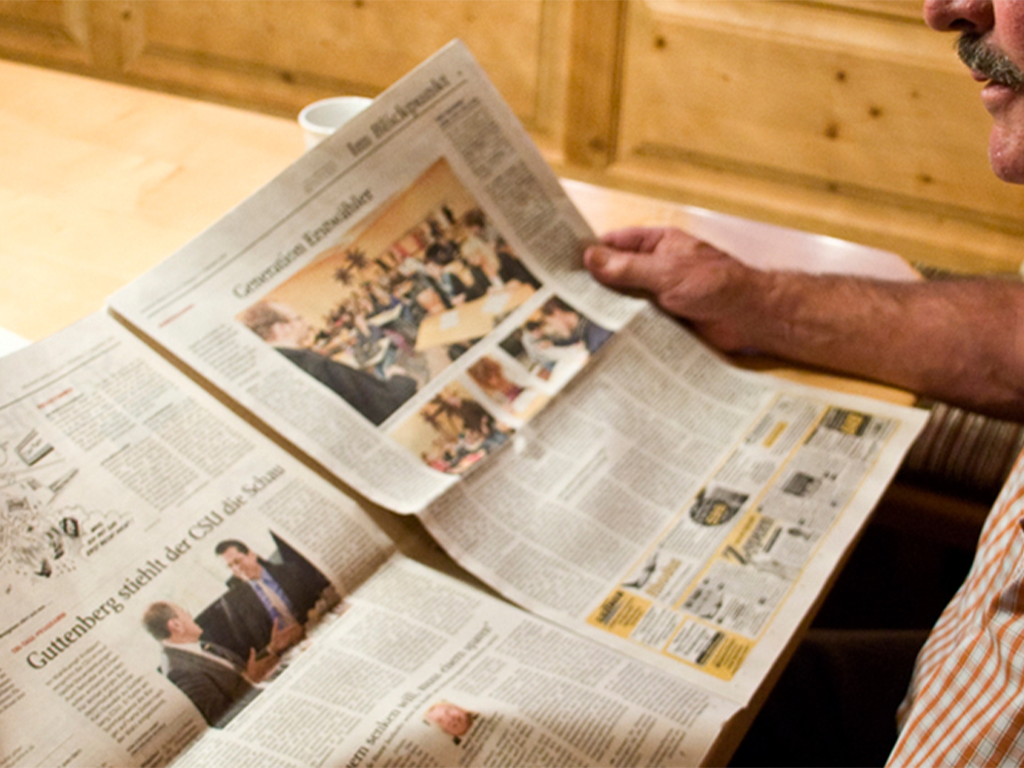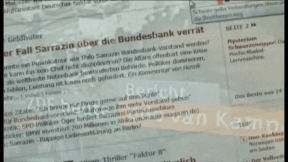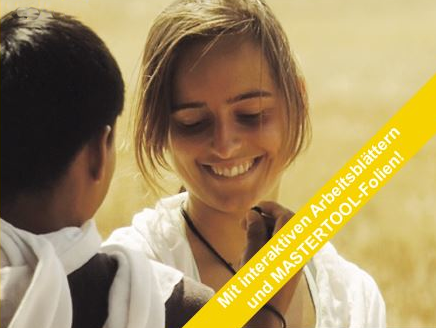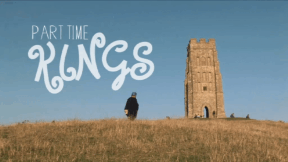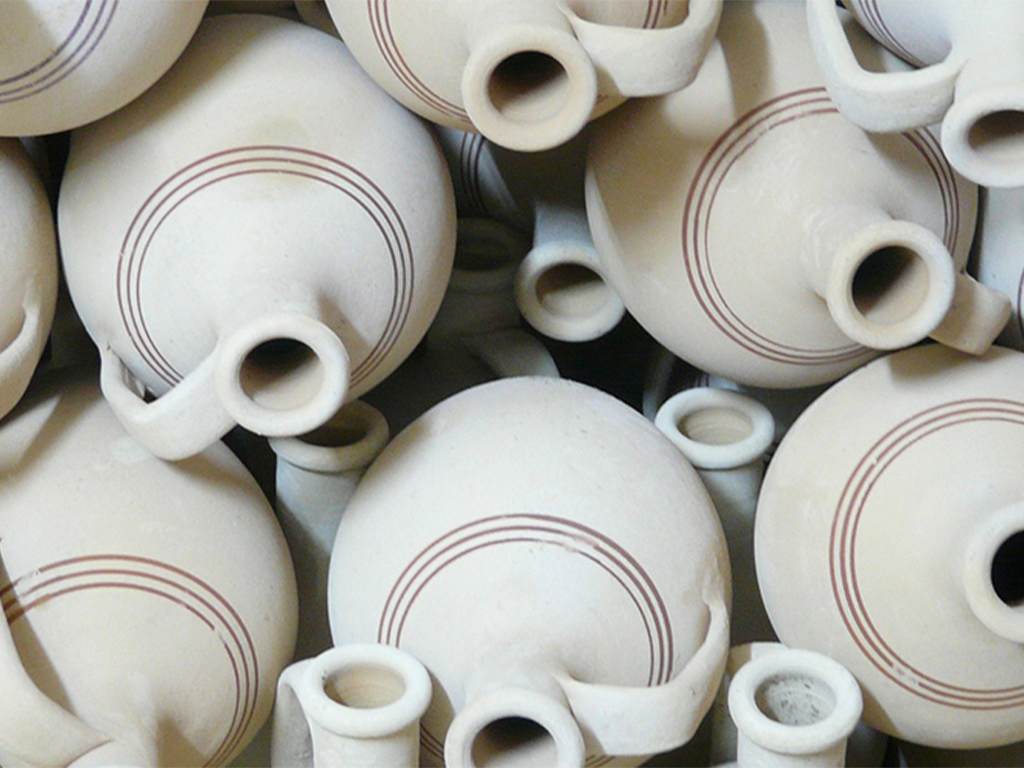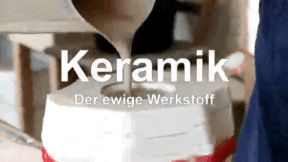 Geography
Geography
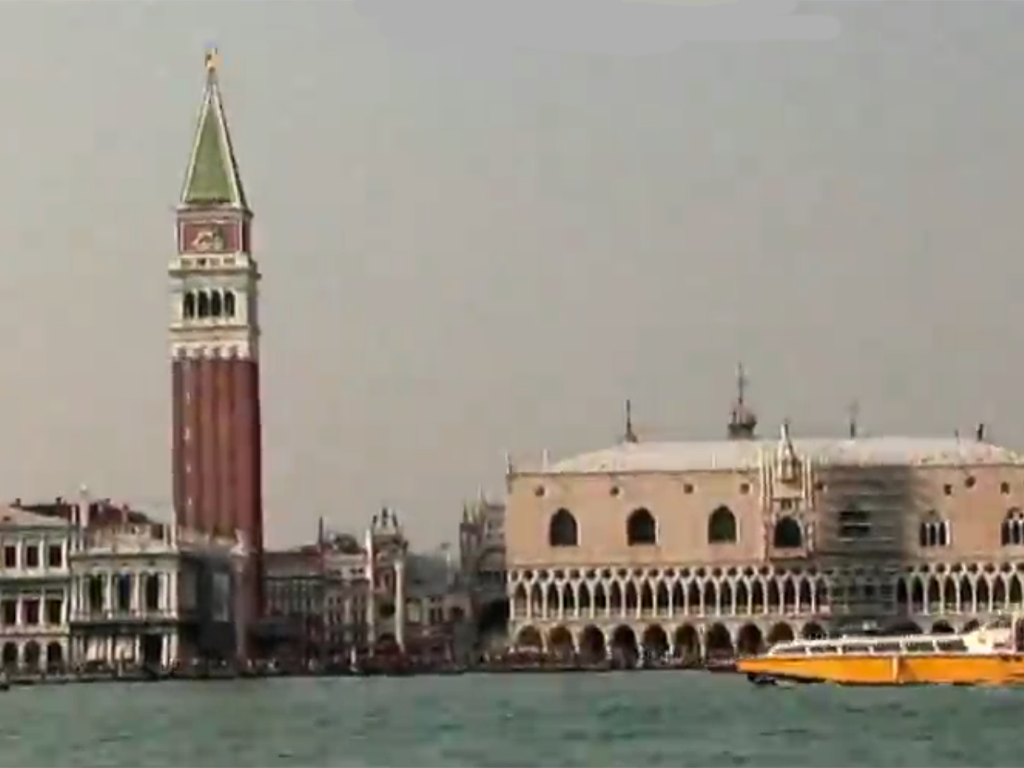
4658316 / 5551736
Venice
Queen of the Seas in 1968 and 2008
Showered with superlatives, Venice is doubtlessly an out- standing city, welcoming up to 15 million tourists annually. But despite the powerful magic it radiates, the city is confronted with seemingly overwhelming problems. Hence, detractors keep talking about a dying city. Is Venice then really the At- lantis of our time? The film published here first of all provides a survey of the most important geographic data of the lagoon city and looks into the question why more than one thousand years ago people settled in this inhospitable environment. The immense wealth of the former maritime republic can still be imagined when looking at the sumptuous architecture of many of its buildings. The DVD examines the various causes responsible for the rise of Venice to the dominating merchant power of the whole Mediterranean region during the Middle Ages. And why did the city lose its importance afterwards? As a special highlight of this DVD, we have included a film on Venice dating back to 1968. The two films are excellently suited for comparison, on the one hand with respect to the city‘s historic development, on the other hand in view of its respective treatment on film.
Play trailer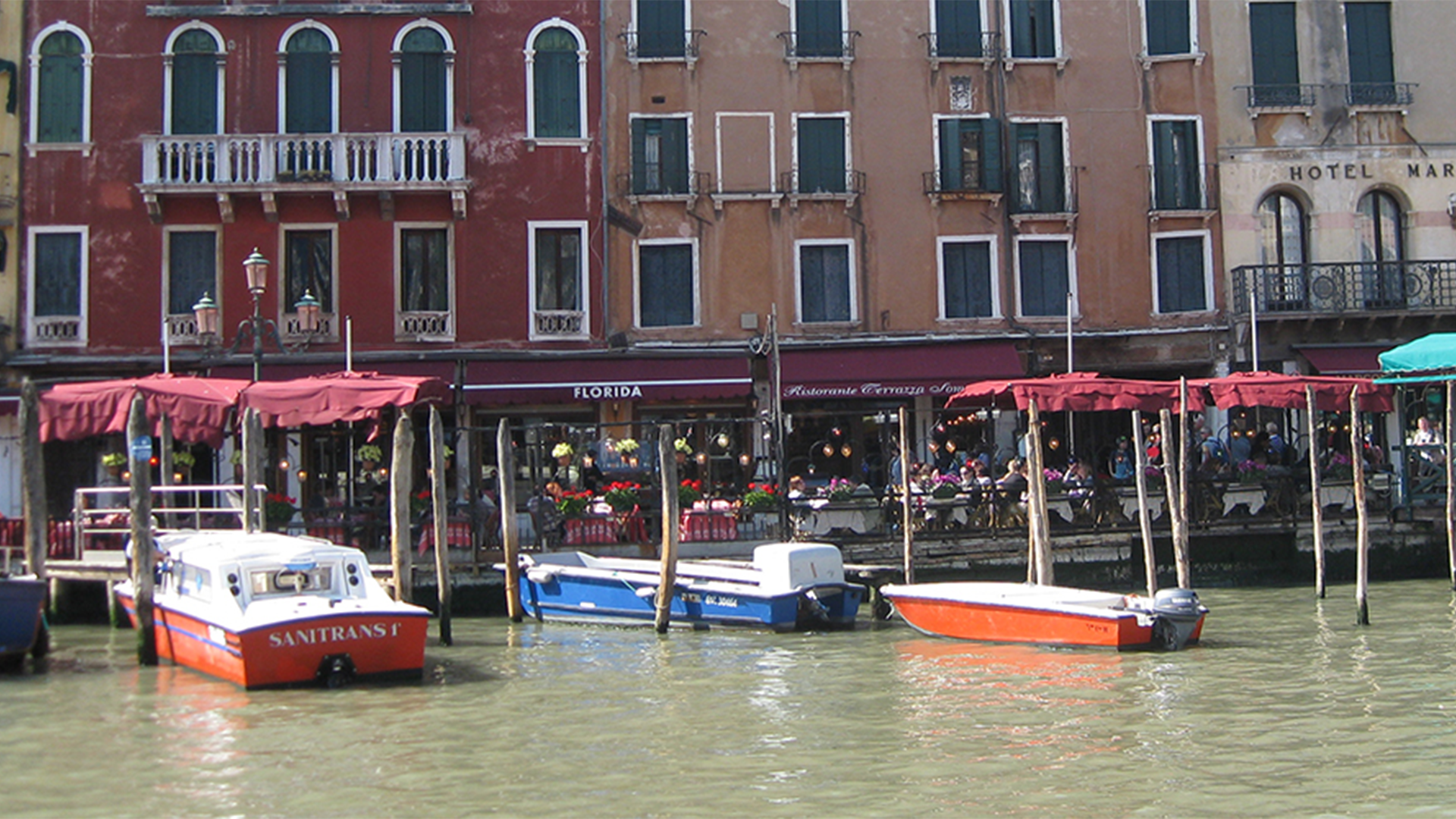
Curriculum-centred and oriented towards educational standards
Matching
The Daily Newspaper
Every day, there is a surge of news reaching us via different news channels. In spite of TV and Internet, the daily paper still is one of the most important main sources of news. But how is a newspaper created? The film shows the production of a paper in the course of one day. Starting with the editorial meeting in the morning, in which the topics and deadlines are determined, the film accompanies a journalist during her research work. You can see how a journalistic interview is conducted and what the photographer must consider when taking a press photo. Back in the editorial office, the editor’s work is illustrated, which includes the page layout and the writing of an online article in today’s time. Impressive pictures from the printing centre depict the process from the digital page to the finished newspaper. Together with the comprehensive accompanying material, the DVD is perfectly suited for use at school
Ceramic
Ceramics are indispensable in our everyday lives. We eat from ceramic plates, drink from ceramic cups, use tiled ceramic bathrooms. But how is ceramic manufactured? The film reveals the secrets of this fascinating material! We get to know more about the beginnings of ceramic in the Old World of Egypt and Mesopotamia, about Greece, China and Rome. We gain interesting insights into the valuable earthenware and are also shown the exquisite further development of the "white gold". Today this versatile material is irreplaceable in industry, too. Whether in space or as an easily compatible substitute in medicine, ceramic is applied in many places.




